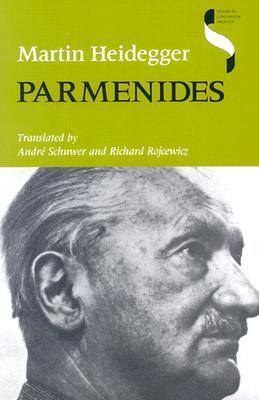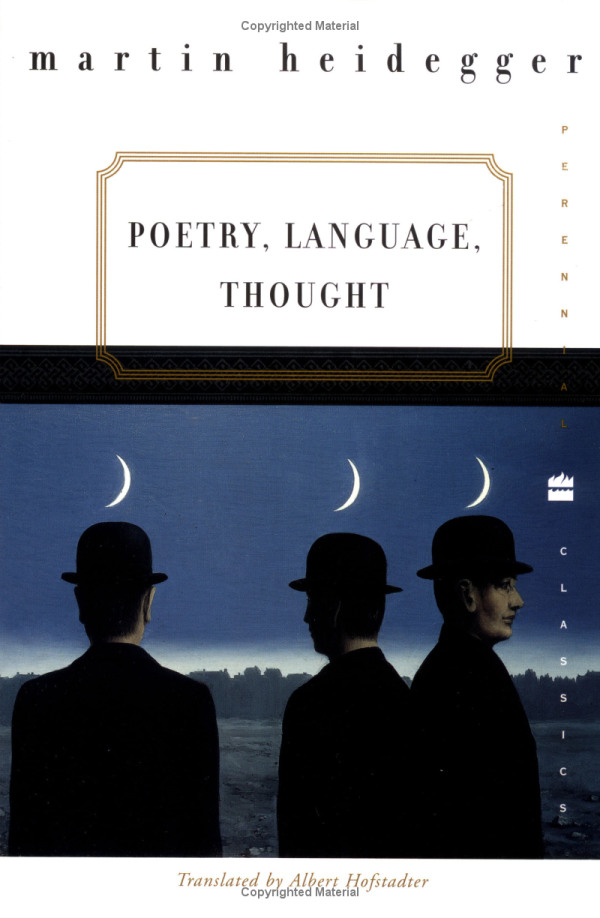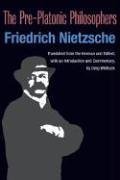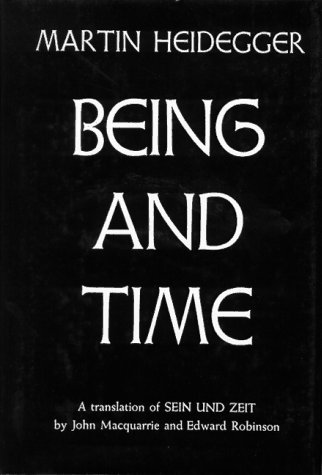
Parmenides
Book Description
Reality isn’t what it seems. Martin Heidegger plunges into the depths of ancient thought, unraveling Parmenides' radical insights on existence and being. With each page, light battles darkness, revealing profound truths that challenge assumptions and reshape the very fabric of understanding. This exploration is not just philosophical; it is an invitation to confront the essence of our reality. Can the way we think change the world around us? As Heidegger navigates the intricate dance between thought and existence, one question lingers: what lies beyond the veil of perception, waiting to be discovered?
Quick Book Summary
"Parmenides" by Martin Heidegger is a profound philosophical exploration of the nature of being, inspired by the ancient Greek philosopher Parmenides. Heidegger investigates the origins of Western thought, emphasizing how Parmenides' insights into existence challenge conventional assumptions. Heidegger probes the meanings of truth, language, and perception, arguing that reality is not a static concept but an ongoing interplay between light and shadow, presence and absence. Rather than treating philosophy as abstract theorizing, Heidegger presents it as a transformative path that urges us to reconsider our relationship to the world and to ourselves. By re-examining Parmenides, Heidegger uncovers fresh perspectives on how language shapes our understanding of reality, encouraging readers to question the limits of knowledge and perception. This work ultimately asks what lies beneath the surface of appearances and how thought itself can alter reality.
Summary of Key Ideas
Table of Contents
The Nature of Being and Existence
Heidegger's analysis begins with a radical reassessment of the concept of being, drawing on Parmenides' ancient poem as both inspiration and challenge for contemporary philosophy. He contends that Western metaphysics has become too focused on beings themselves, neglecting the foundational question of what it means "to be." Parmenides’ declaration that “being is” becomes a starting point for Heidegger’s examination into presence and absence, suggesting that existence is not merely what appears, but what reveals itself through a coalescence of presence and hiddenness.
Truth as Unconcealment
Central to the work is the notion that truth is more than factual accuracy or correspondence. Heidegger introduces the Greek concept of "aletheia," or unconcealment, to illustrate how truth is a process of revealing. Rather than a static property, truth occurs when reality is brought into the open, often through language or art. This focus on unconcealment challenges the common view that truth is simply about correct assertions, demonstrating instead how understanding depends on a dynamic process of disclosure.
The Role of Language in Understanding Reality
Language is depicted as a vital medium through which reality is encountered and articulated. Heidegger analyzes how words and concepts both reveal and obscure reality, suggesting that the limits of language are also the limits of our world. By revisiting how the Greeks conceived of language, Heidegger urges a return to a more poetic, attuned way of speaking and thinking that does not reduce existence to mere objects, but captures its continual unfolding.
The Tension Between Light and Darkness
The interplay of light and darkness symbolizes the dual nature of reality: for something to appear, something else must recede into the background. Heidegger uses this metaphor to argue that knowledge and being are inherently partial—in every act of understanding, something is revealed but something else remains hidden. This tension challenges the ideal of total clarity and compels us to accept the mystery inherent in all experience.
Reinterpreting Ancient Philosophy for Modern Times
Throughout, Heidegger engages critically with both ancient and modern philosophy, striving to recover the original force of Parmenides' insights for the contemporary reader. He argues that by re-engaging with these ancient questions, we reawaken our sense of wonder and reshape our approach to existence itself. Ultimately, "Parmenides" is both a tribute to a foundational thinker and a passionate call to rethink the very ground of reality in light of our own experience.
Download This Summary
Get a free PDF of this summary instantly — no email required.





